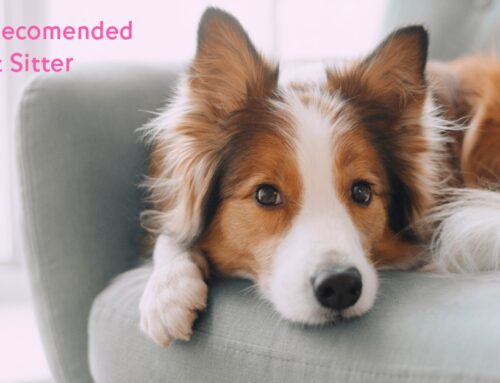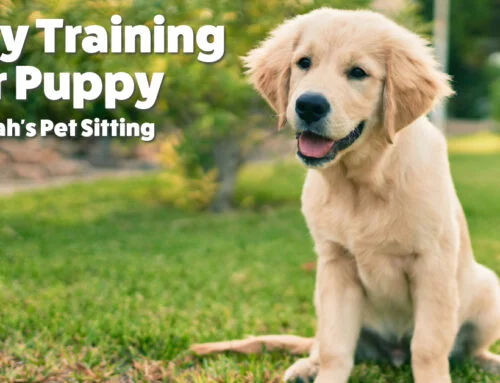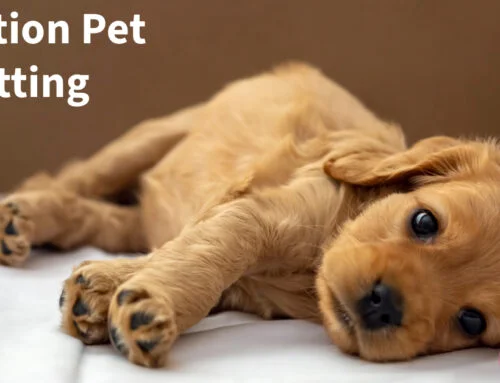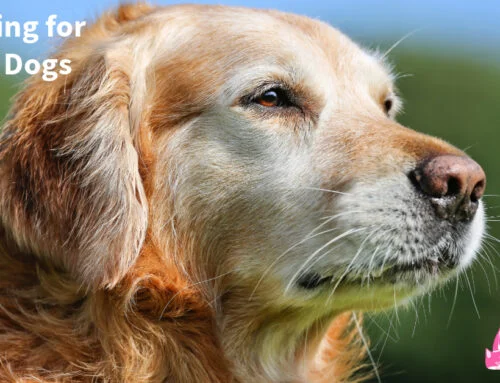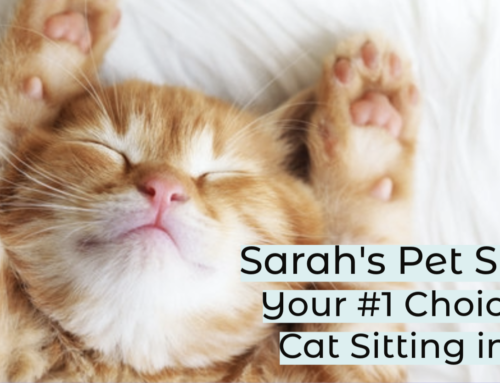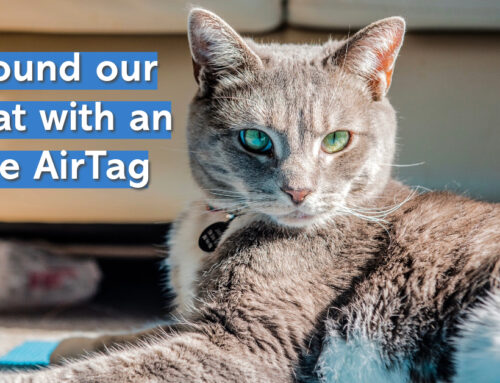No doubt a cat upchucking a hairball is alarming and disgusting to witness. There is wretching and hacking and coughing and then a wad of grossness in a puddle of yuck is deposited some where in your home. Hairballs, contrary to their name, are not ball shaped at all. They are usually long and cylindrical and often look like a poop, but don’t smell as bad and are about the color of your cat’s hair.
So why do cats get hairballs?
They groom themselves. As a cat licks and grooms their fur a good amount gets swallowed. The hair is indigestible and a lot of it passes through the digestive track no problem. Occasionally it collects in the stomach and gets sent back up the esophagus with bile and other digestive juices.
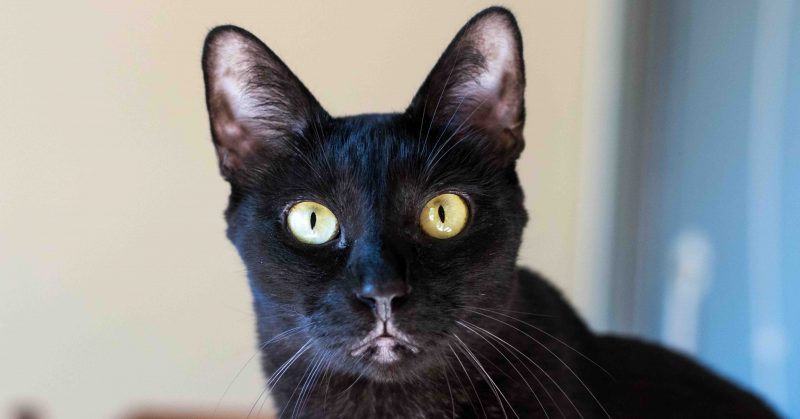
As unpleasant as hairballs are, they are better than the alterative. Rarely, the hairball gets pushed through the digestive track and creates a blockage. If your cat seems lethargic and is exhibiting a loss of appetite, you might want to take them to the vet, as this type of blockage can be dangerous.
Longhaired cats, older cats, and more fastidious groomers are more prone to hairballs. If it seems like your cat has excessive hairballs (more than once or twice a week), you can help them out with regular brushing to remove excess loose hair before they groom themselves. There are also hairball food formulas that are meant to reduce the production of hairballs as well. You can talk to your LOCAL PET STORE owner or veterinarian for suggestions.
Read More about CAT GROOMING here.
We can't wait to meet you and your pets!
Proudly Servicing Cheshire, Southington, Wallingford, Hamden, Meriden, Bethany, Plantsville and Prospect


